9 Problems Caused By Tight Clothes
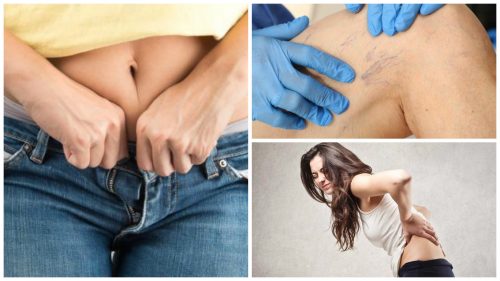
Wearing tight clothes can have repercussions on your health. Whether you’ve noticed it or not, it can gradually cause circulatory, lymphatic, and muscular issues.
It may be in style, but the pressure these clothes put on your organs can lead to complications that can actually affect your quality of life.
The thing is that so many people are used to wearing them, even if they’re uncomfortable. They’re everywhere.
Because of this, it’s important to know the risks of wearing tight clothes and why it’s best to opt for another style.
Find out more!
1. Circulatory problems due to tight clothes
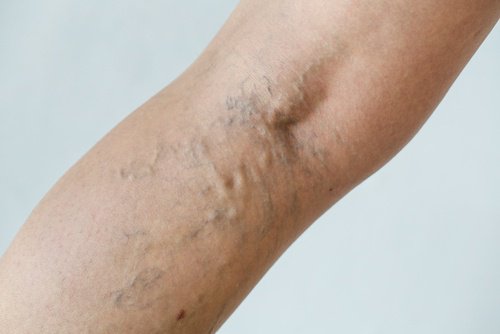
Wearing pants that are too tight can affect your circulation and cause issues that tend to appear in the lower half of your body.
Because the pressure interferes with blood flow to your heart, inflammation increases and disorders like varicose veins and spider veins may develop.
This can also cause joint pain and other uncomfortable, limiting symptoms.
2. Acid reflux
Wearing pants or other clothes that are too tight can interfere with proper functioning of the inferior esophageal sphincter, which is in charge of keeping stomach acid from reaching the esophagus and mouth.
As a result, you get acid reflux, characterized by a burning sensation in the chest and throat.
3. Respiratory problems

Your respiratory health depends on many internal and external factors, but tight clothes are one of them.
Because of the pressure it puts on your respiratory system, breathing doesn’t happen normally and your diaphragm’s ability to expel carbon dioxide is hampered.
4. Premature aging
Sometimes it doesn’t apply, but circulatory and lymphatic difficulties from tight clothes can speed up the aging process in your cells.
That’s because blood flow is affected and it doesn’t have the same ability to carry oxygen to your tissues.
In addition, toxins end up retained in your blood, and over time contribute to premature breakdown in your body.
5. Cellulite
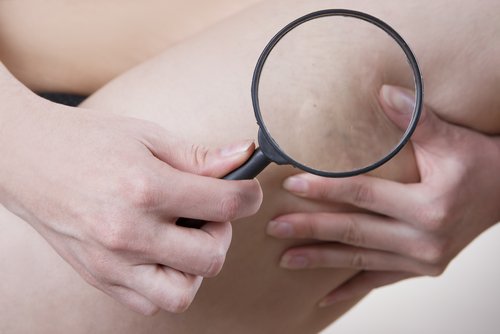
Wearing body-hugging clothes keeps cells from getting oxygenated properly and eventually contributes to cellulite.
The reason is that it increases fluid retention and encourages the development of fat nodules in areas like your glutes and thighs.
6. Back pain
When you wear movement-restricting clothing, your risk of having back and neck pain goes up because your muscles have to work harder.
Tight clothes compress your nerves and increase inflammation, which translates into stiffness, pain, and tingling.
Also read:
7. Slow digestion
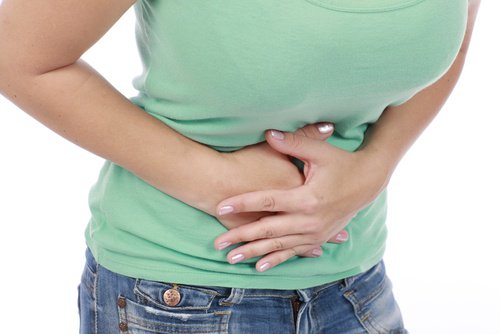
When your pants, skirt, or belt squeezes your belly too much, your stomach works more slowly and it takes longer to digest your food.
That can lead to abdominal pain, along with distension and constipation.
8. Vaginal infection
Wearing clothing that hug your body is one factor associated with vaginal infections because it affects the pH of this area.
Tight clothes retain the moisture and heat that this area gives off. As the hours go by, it creates the perfect environment for bacteria and fungal growth.
As a result, you may see changes in vaginal discharge and sometimes bad odors and itching.
Check this article out:
6 Home Remedies to Say Goodbye to Excessive Vaginal Discharge
9. Skin problems
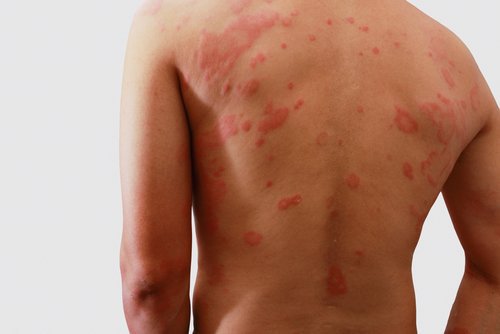
It’s rare, but some skin issues have to do with wearing tight clothes made of fabrics that impede good circulation.
Poor cellular oxygenation coupled with moisture and sweat retention leads to the appearance of red blotches, itching, and ingrown hairs.
Did you know these risks of wearing tight clothes? Now that you know, try to limit their use and opt for breathable, comfortable clothing.
All cited sources were thoroughly reviewed by our team to ensure their quality, reliability, currency, and validity. The bibliography of this article was considered reliable and of academic or scientific accuracy.
Weismann K, Larsen FG: Pernio of the hips in young girls wearing tight-fitting jeans with a low waistband. Acta Derm Venereol, 2006, 86: 558–559.
Mori Y, Kioka E, Tokura H: Effects of pressure on the skin exerted by clothing on responses of urinary catecholamines and cortisol, heart rate and nocturnal urinary melatonin in humans. Int J Biometeorol, 2002, 47: 1–5.
This text is provided for informational purposes only and does not replace consultation with a professional. If in doubt, consult your specialist.








